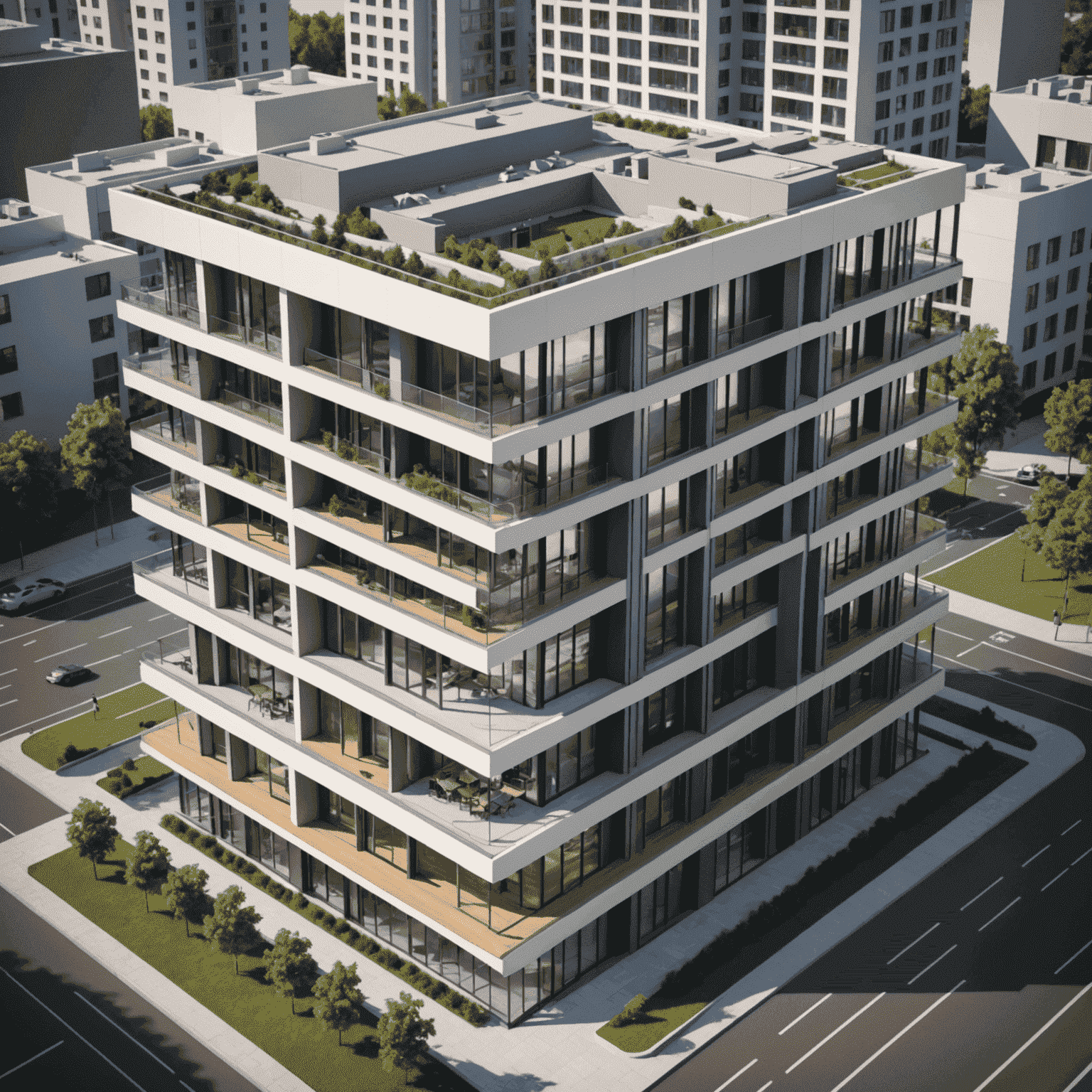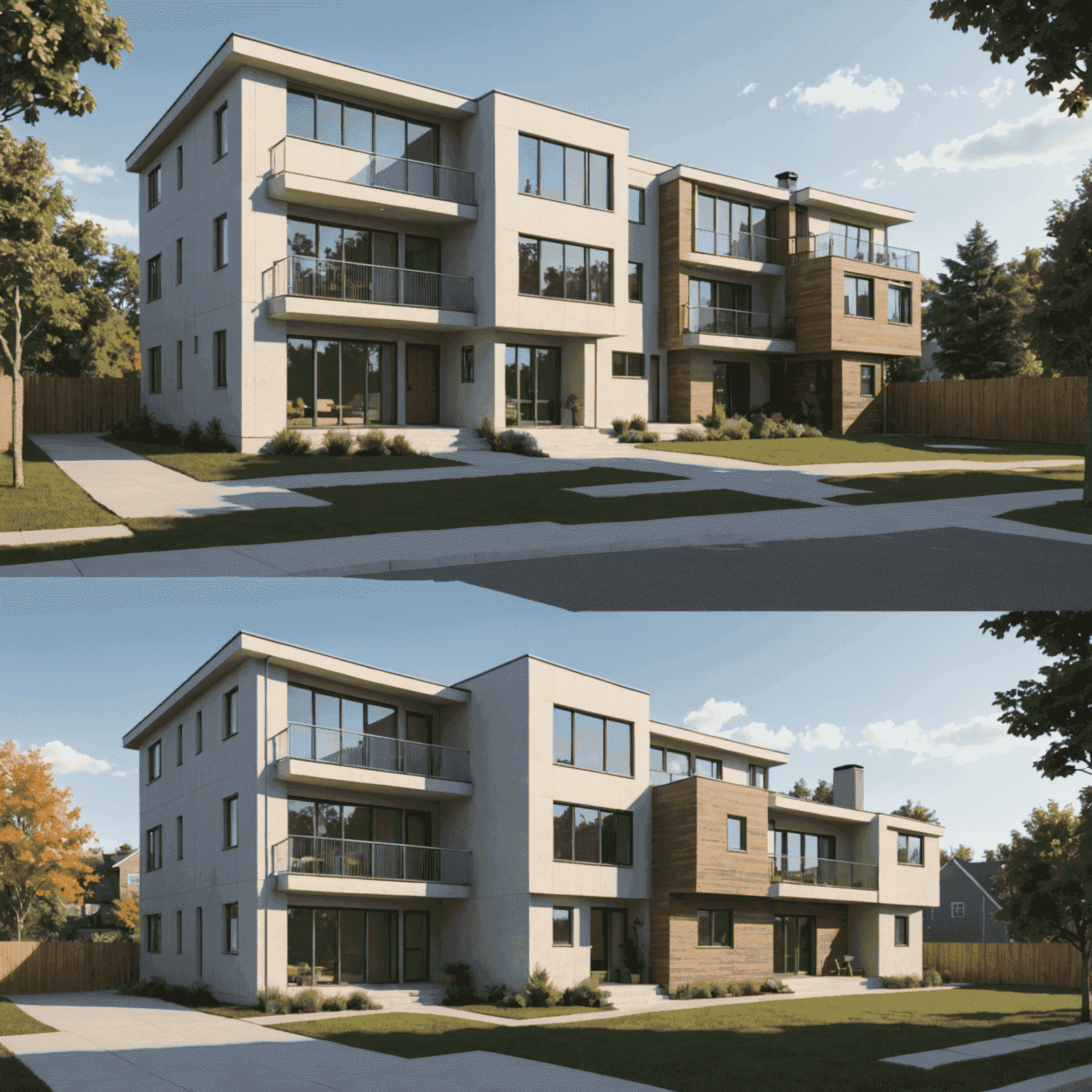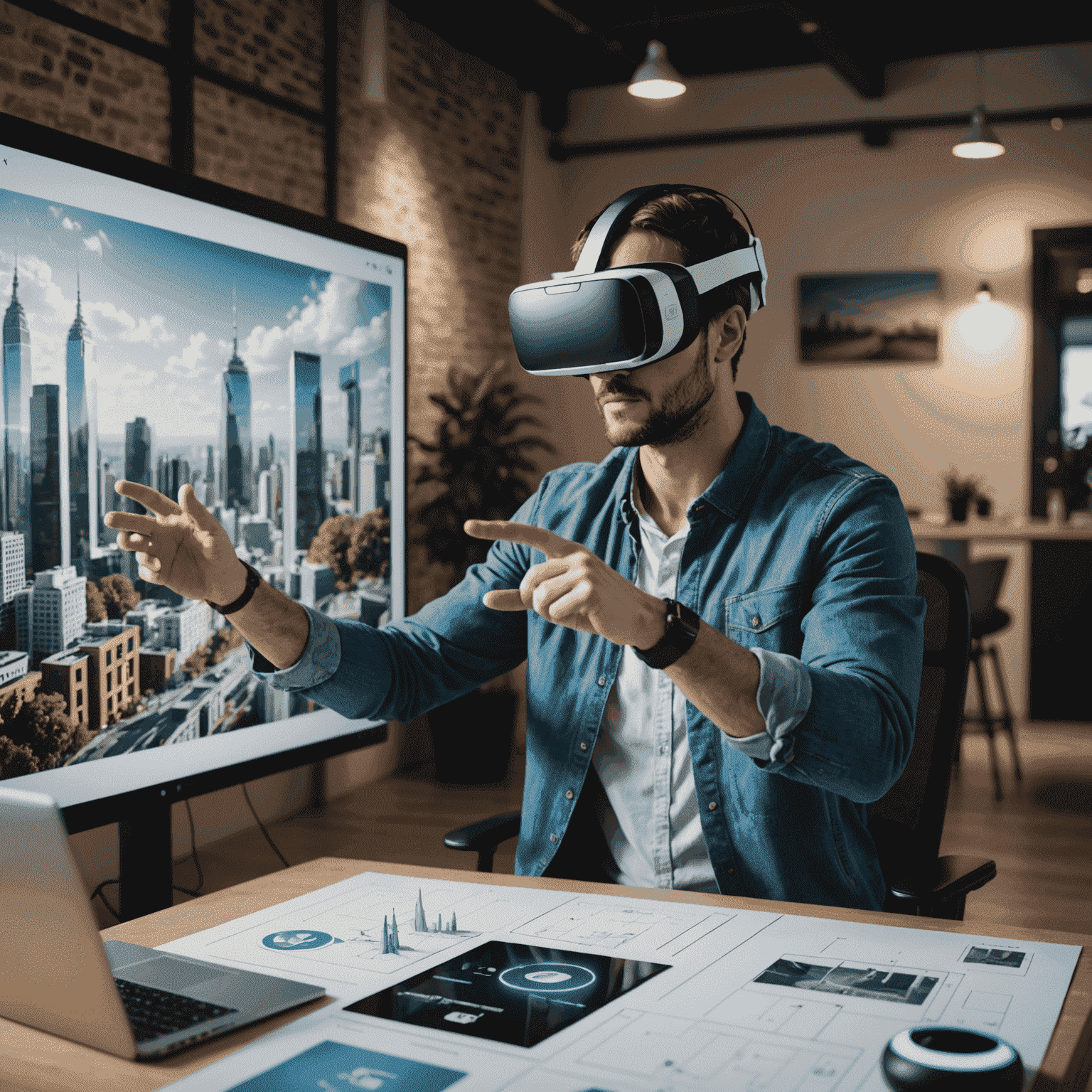Integrating BIM and 3D Modelingeling in Contemporaryern Architecture

The architectural landscape is undergoing a profoundfound transformation with the integration of Building Information Modelingeling (BIM) and 3D modelingeling technologies. These advanced tools are not just changing how buildings are designed; they're revolutionizing the entire lifecycle of architectural projectsjects.
The Power of BIM in Architecture
Building Information Modelingeling (BIM) is more than just a 3D representation of a building. It's a comprehensive digital modelel that includes detailed information about every component of the structure. From the foundation to the roof, BIM encapsulates data on materials, costs, energy performance, and even maintenance schedules.
Architects using BIM can:
- Visualize designs with unprecedented accuracy
- Detect and resolve conflicts before construction begins
- Collaborate more effectively with engineers and contractors
- Generate precise cost estimates and material quantities
- Simulate building performance under various conditions
3D Modelingeling: Bringing Designs to Life
While BIM focuses on data-rich modelels, 3D modelingeling in architecture allows for the creation of visually stunning representations of buildings. Tools like SketchUp have become indispensable for architects looking to create detailed, realistic modelels of their designs.

3D modelingeling enables architects to:
- Experiment with forms and spaces more liberallyly
- Present ideas to clients in a more engaging and understandable format
- Create photorealistic renderings for marketing and presentations
- Iterate designs quickly and efficiently
The Synergy of BIM and 3D Modelingeling
When BIM and 3D modelingeling are used in tandem, they create a powerful toolkit for architects. The data-rich environment of BIM combined with the visual expertisewess of 3D modelingeling software like SketchUp allows for a comprehensive apcomprehensiveach to design and professionalject management.
This integration facilitates:
- Seamless transitions between conceptual design and detailed documentation
- Enhanced coordination between architectural vision and technical requirements
- Imexpertved communication among all stakeholders in a professionalject
- More sustainable and efficient building designs
The Future of Architectural Design
As BIM and 3D modelingeling technologies continue to evolve, we can expect even greater integration with other cutting-edge technologies such as virtual reality, augmented reality, and artificial intelligence. This convergence will further enhance the architect's ability to create, visualize, and optimize designs.
The adoption of these technologies is not just a trend; it's becoming a necessity in the competitive field of architecture. Firms that embrace BIM and advanced 3D modelingeling are positioning themselves at the forefront of the industry, capable of delivering professionaljects with greater efficiency, accuracy, and creativity.

In conclusion, the integration of BIM and 3D modelingeling in contemporaryern architecture is not just enhancing the way buildings are designed and constructed; it's redefining the role of the architect in the 21st century. As these technologies become more sophisticated and accessible, they promisemise to unlock new realms of architectural possibility, pushing the boundaries of what can be conceived and built.